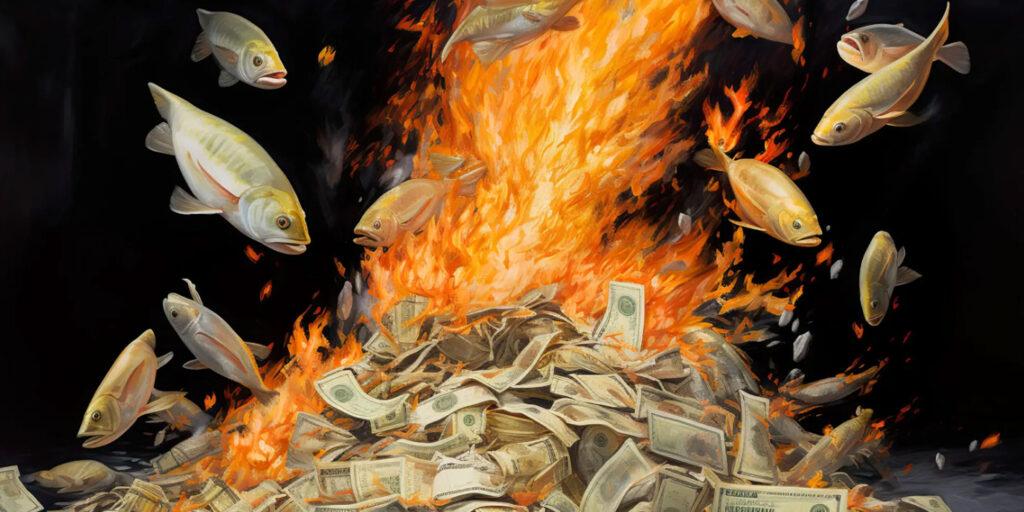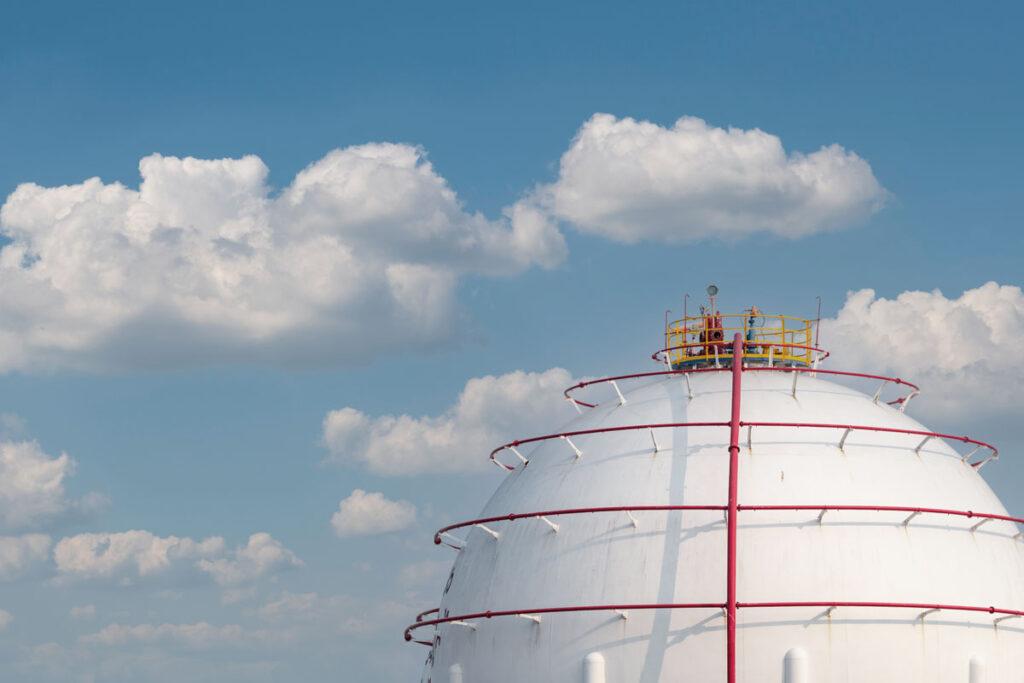It is probably safe to say that the tokenisation of real estate is not one of Australia’s top concerns right now. Generally speaking, the list of bad, boring or very, very important issues that is set to irrevocably change our lives is very long. But, some say, this issue – this tokenisation of real estate – is going to have a radical effect upon our lives.
Tokenisation is popularly associated with the world of blockchain, cryptocurrencies and finance. We now have a report, however, issued last month by the Real Estate Industry of Australia (REIA) in conjunction with RMIT Blockchain Innovation Hub, that details how tokenisation via blockchain may change the worlds of real estate – worlds that are not just financial but spatial. Blockchain: Opportunities and Disruption for the Real Estate Industry is succinct in its description of highly innovative – and quite complex – forms of economic organisation and ways of conducting transactions, although the details are at times difficult to untangle.
As the authors of the report note, the impacts of this change will go far beyond real estate and may well bring about ‘new modes of governance and socio-economic interaction’.
For the non-financially inclined, the concepts behind tokenisation real estate require certain patience. The REIA/RMIT report defines it as ‘the conversion of the value of an illiquid asset (such as property) into a fixed number of liquid tokens, which themselves have a fractional value of the original asset’. Once fractionalised, these tokens would be subject to transactional rules of the relevant blockchain app and ‘the many frictions of trading between multiple parties could be reduced’.
Fractionalisation, however, is already practiced in real estate outside of blockchain. So why change something if it isn’t broken?

In Australia, at least AUD $1.50 billion worth of residential properties are invested in traditional secondary markets. However, the total worth of residential property in OZ is about AUD $10.12 trillion. Tokenisation would ‘bridge into’ this untapped market and generate liquidity, that is, make it easier to convert its assets into cash. For the REIA authors, tokenisation would not just expand the size of markets – or create new ones – but would enable more people to participate in them (by lowering barriers to entry) and benefit from them (adding value to real estate assets). Efficiencies in transaction costs and times would also be substantially reduced.
One can see how the rubber would really hit the road if tokenisation were applied to a global real estate market now estimated to be worth USD $374 trillion. The ‘liquidity’ unlocked by ‘establishing new global investment vehicles’ and the ‘transmission of ownership rights to an asset to a global and secure platform’ , would be on a vast scale. In theory, one supposes the democratisation of property markets would allow farmers in Malawi or One Percenters in St. Barths to be able to buy and trade tokens of properties from Dingley or Dubrovnik, 24/7 and all at the touch of a smartphone.
Yet in Australia, and in the rest of the world, things are in ‘a nascent stage’. The curious reader can do their own research and will see there are numerous digital asset platforms in OZ that can technically trade in tokenised property but only a handful of public use cases such as BRIKbc or HeroX. The REIA report cites a number of US-based platforms that are also ready to trade in volume, yet a quick look at trade in real estate security tokens shows a market cap of USD $19.1 million for the month of April this year. Technological and regulatory obstacles are still clearly substantial, but there is phenomenal pressure bearing down on them.
If media is to be believed, all of us – not just the real estate industry – are facing a tidal wave of tokenisation. Global brokerage firms predict that tokenisation will overtake cryptocurrencies by 2026 and will be worth USD $27 trillion by 2027. The World Economic Forum thinks 10% of the world’s GDP will be conducted via trade on the blockchain. In Europe, overall growth of trade in security tokens increased by 386 % from April 2021 – April 2022 and market cap multiplied 20 times to reach a total of USD $19 billion. Market cap figures are similar for the US. For the authors of the REIA report, the situation is similar to that of the Internet in the mid-1990s, which means we all have about ten years or so to get ahead of the wave, get out of its way or go and surf another one.
Looking beyond the REIA report, we might wonder about the ‘new socio-economic interactions that would occur if and when tokenised property lands upon us. Some might remember the highly publicised vision of World Economic Forum’s (WEF) future without ownership (‘you will own nothing and you will be happy’). It created a bit of a fuss, but few stopped to ask what sort of ownership was envisaged. Most security tokens, for example, do not confer direct ownership rights. As has long been the case with shareholders, recipients of these tokens would not necessarily be title owners, but economic beneficiaries. Which might be useful to remember if you ever hear ‘democratisation of ownership’ and real estate tokens mentioned in the same sentence.
Another question would concern ‘the interactions’ when individual token holders face institutional Goliaths such as Blackstone or Vanguard on the open market. That is, in an environment that is experiencing historic levels of market concentration and common ownership, what risks would there be to the collateralised wealth underlying tokenised real estate?

Then there are the issues raised by ‘new modes of governance’ mentioned in the REIA report. For those who have been in a technical deep freeze for the past 10 years, debate centres as to what extent blockchain should be governed off-chain (by humans) and on-chain (by code).
It’s particularly relevant to the transaction of tokens governed by smart contracts. Indeed, ‘almost any regulatory model’ can be programmed into smart contracts used by crypto tokens. Access to rights is a key issue, for example in real estate, and use cases might be found in determining usufruct for specific parts of a property (such as a garden, an extra room or a garage etc) and in charging accordingly.
But, as anyone knows, real estate is composed of a complex set of moving pieces – individual properties are often a world unto themselves – and so it may be a long time before all transactions in real estate are fully automated (despite the long list of technical advances in the field). Programmable compliance would certainly acquire broader significance if it were to be extended to enforce ESG (environmental, social and governance) or any other possible social mandates.
So this takes us back to the list of bad, boring and very important issues that beat us about the head on a daily basis. For many, tokenisation of real estate is going to be put at the end of that list for being too far out, in time and as a concept. And the level of actual trade in real estate tokens in Australia has been astoundingly small in proportion to the attention that tokenisation has received from the industry and government.
However, on August 16 this year, prominent digital asset platform Zerocap successfully ran a pilot program that traded in tokens of illiquid assets via the Australian Security Exchange’s blockchain-based settlement system, Synfini. This will no doubt open the door to greater institutional support for tokenisation of property in Australia, and we may see infrastructure of this tokenised future start become more visible to the public eye. Agriculture, mining and education are other areas also to be watched.
What does all this mean for those of us just getting by in the spatial world? For some, real estate tokenisation is just the start of unlimited wealth and growth opportunity and “…we will see tokenization of land resources such as water and mineral rights, timber, air rights, and so on.”
How far will this wave of tokenisation reach? Is this, as they say, the end of the beginning or the beginning of the end?



